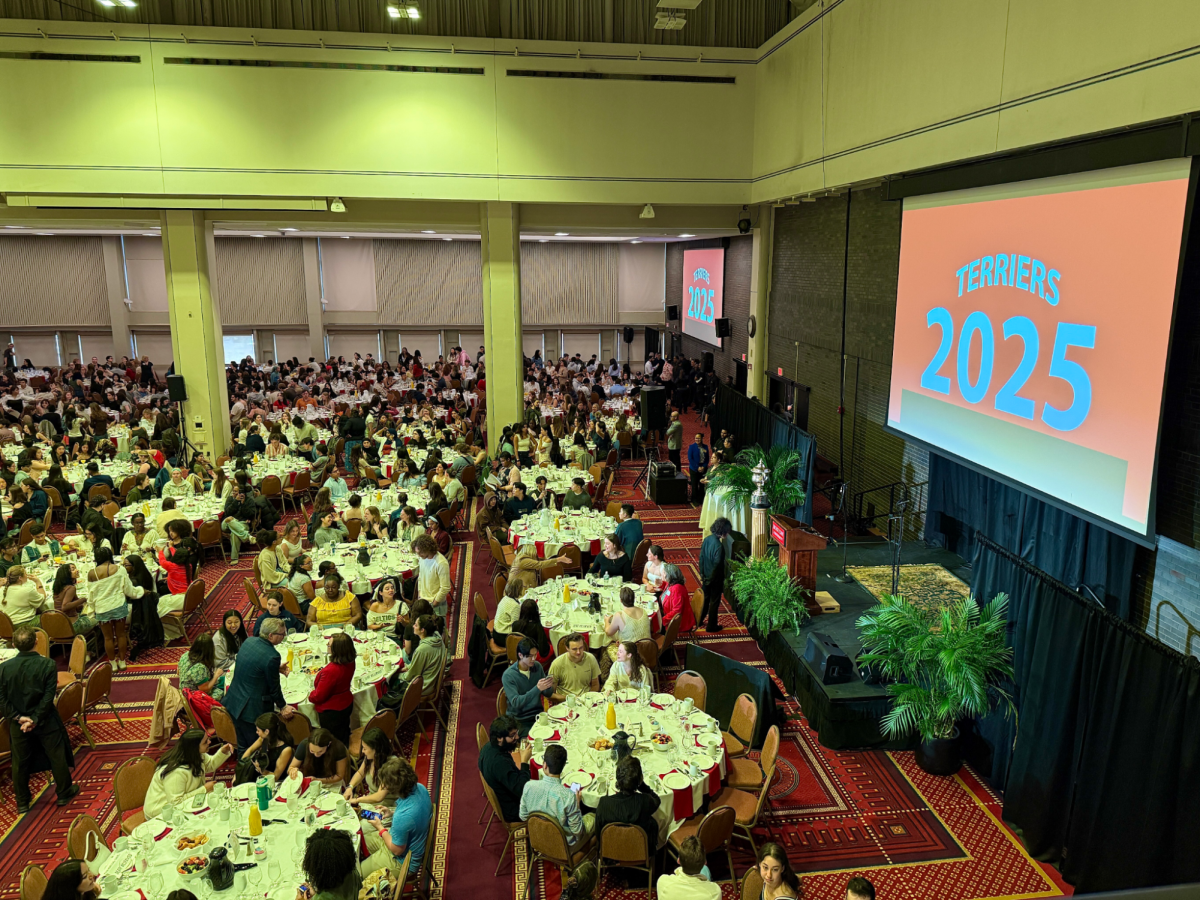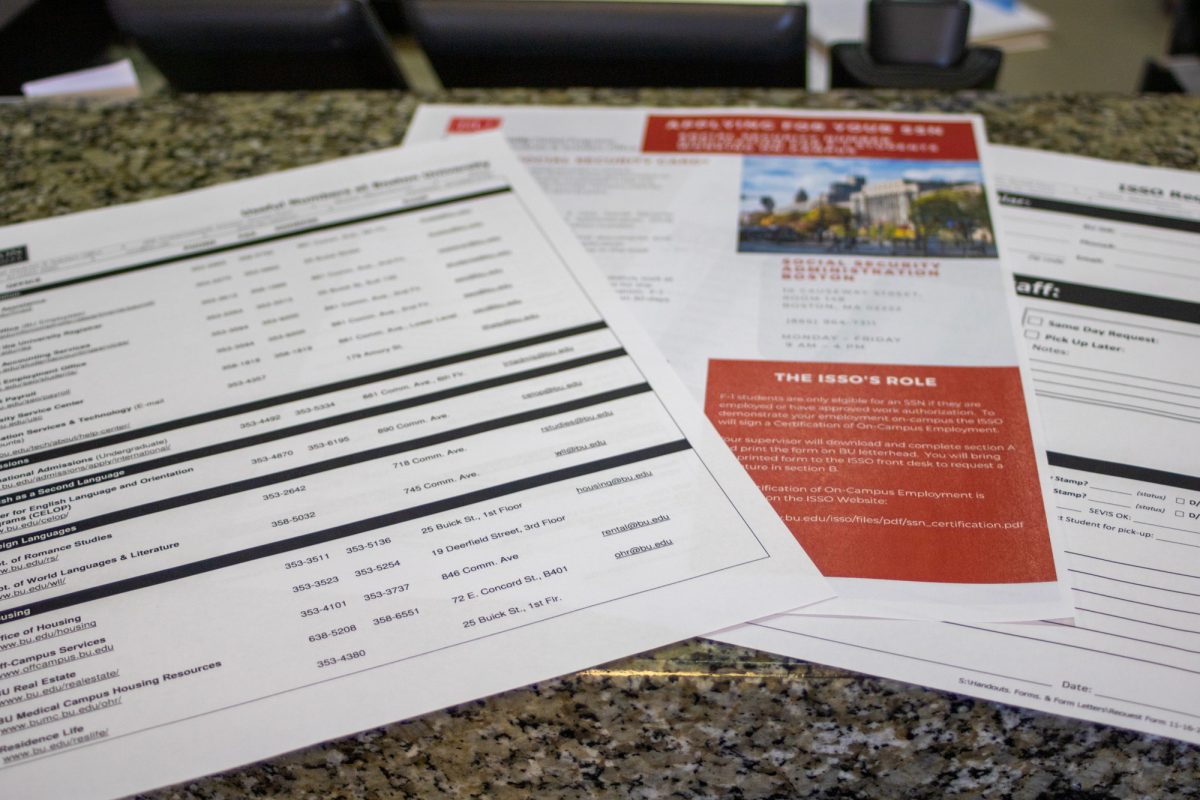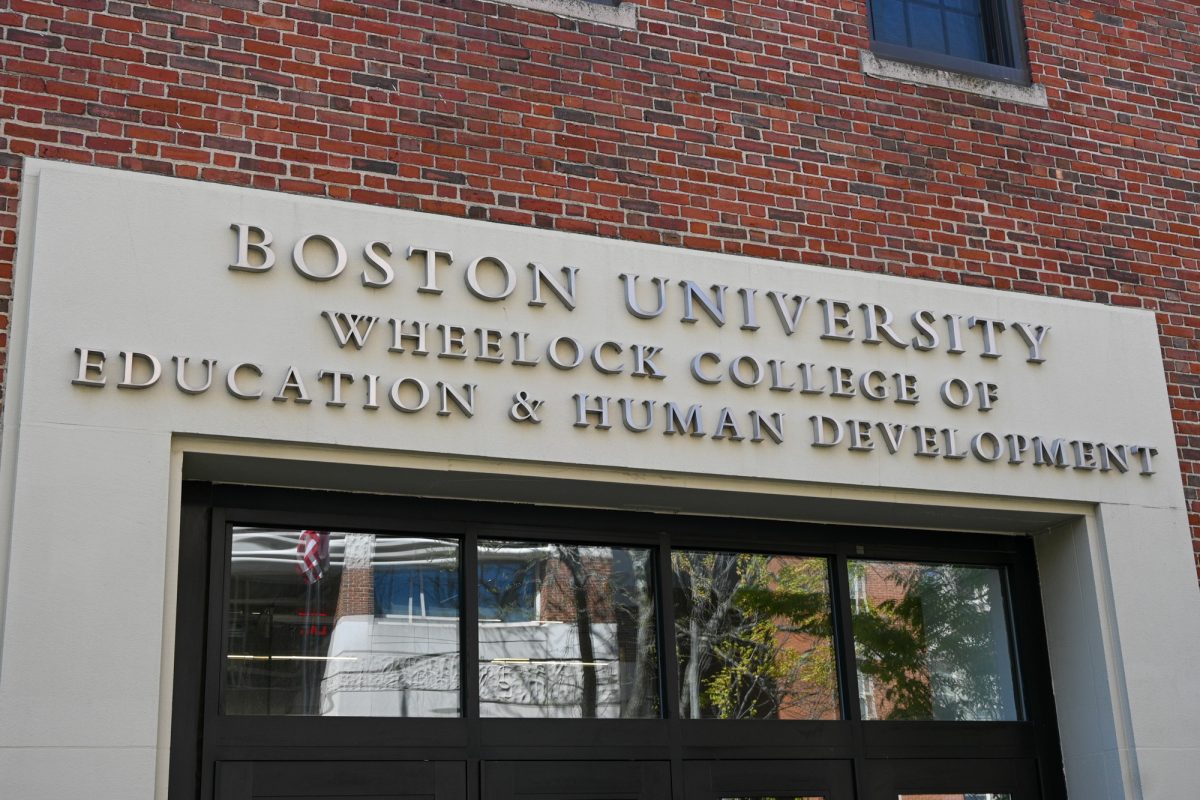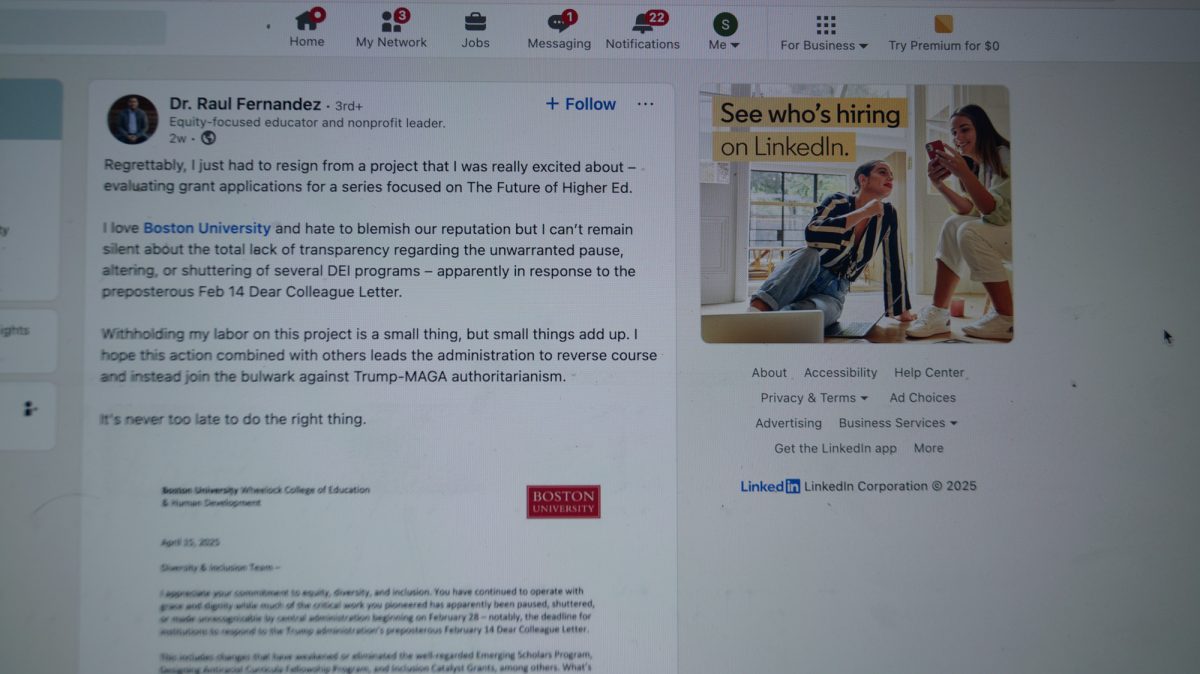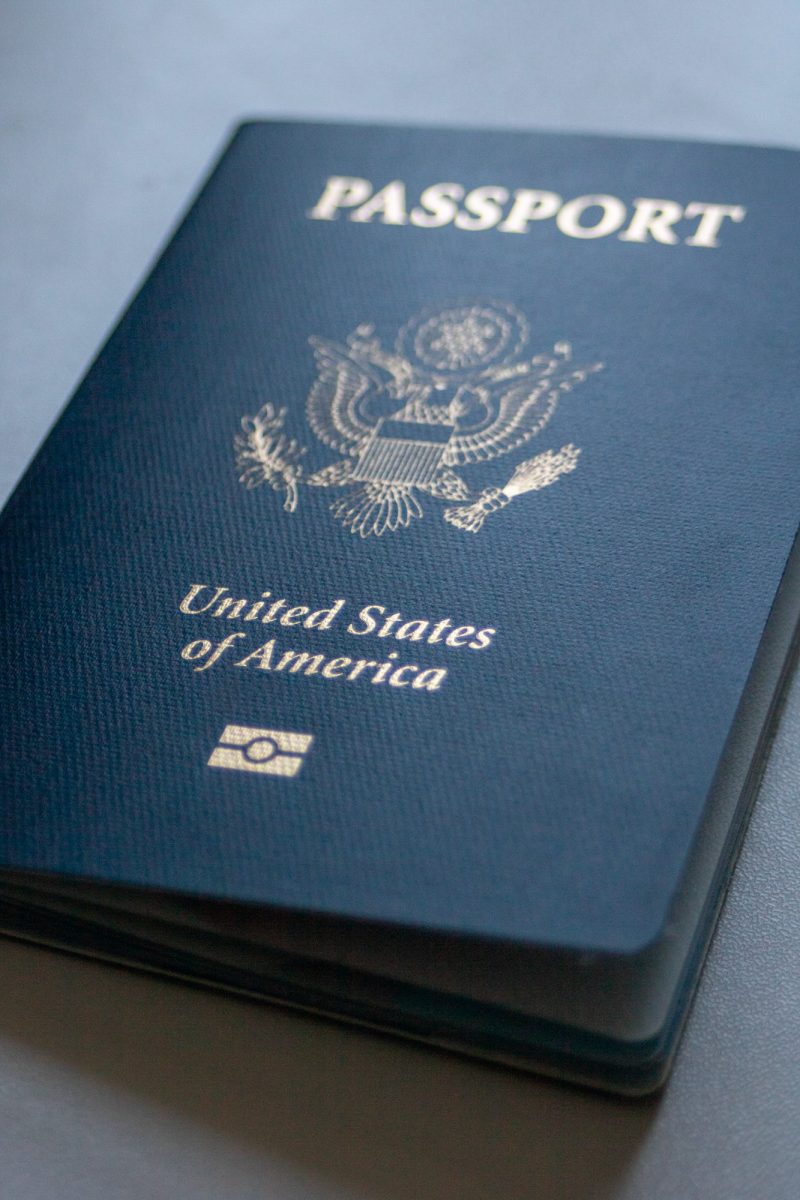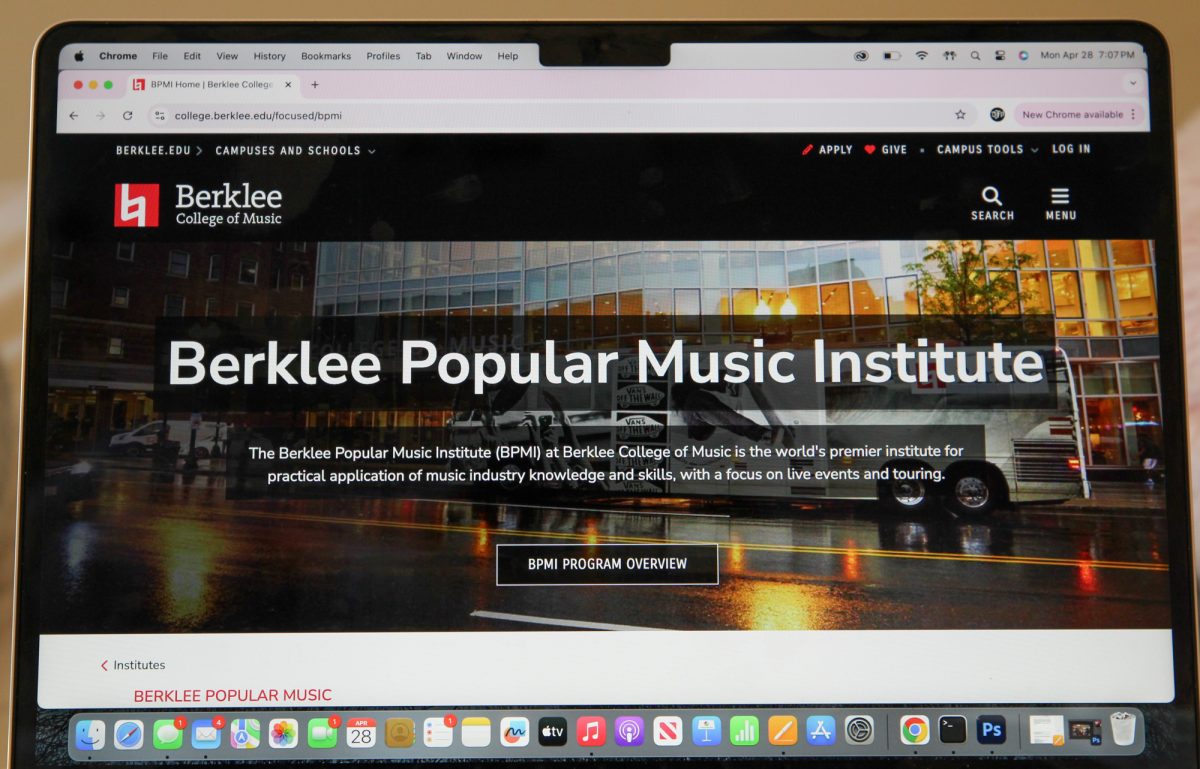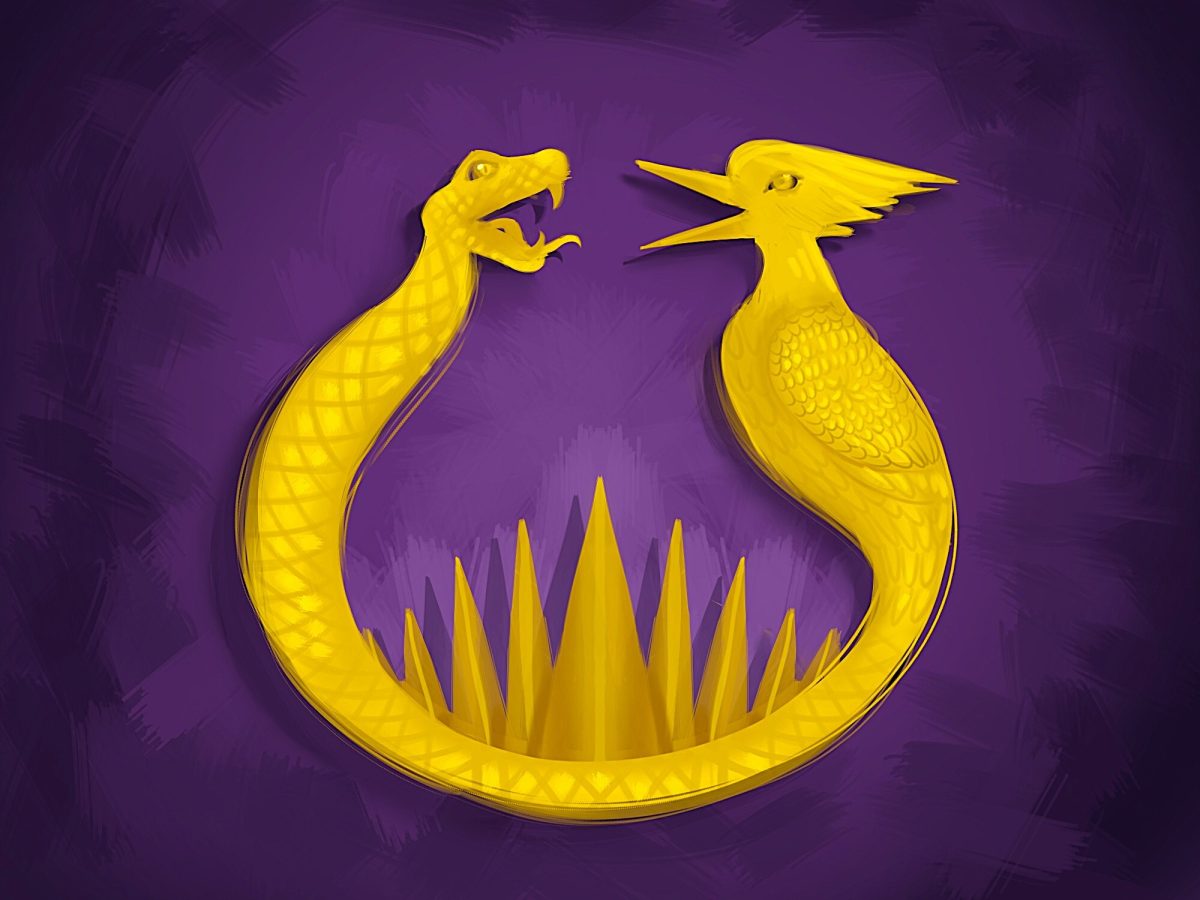City and university libraries have started the lengthy process of indexing large portions of their collections through a new Google service allowing users to thumb through complete copies of digital books.
Started last year, the new Google service operates in 11 major libraries systems, including the New York Public Library, Stanford University and the University of Texas.
UT Chief Communications and Grants Officer Doug Barnett said the school’s Perry Castañeda Library is eager to start the digitizing process, the product of a partnership with Google that has been “in the works for quite some time.” This week, UT officials will meet with and offer Google a list of works and decide which they will make available online.
The library plans to start scanning one million of its 9 million books in the spring, Barnett said, and will consider expanding the digitized collection if the venture is successful.
Google began collaborating with publishers in 2004 to put previews of books online, but the initial service provided mostly bibliographical information and a few pages to help publishers promote books, said company spokeswoman Megan Lamb. In 2006, the company upgraded the project to form the more comprehensive Google Books, most recently adding the University of Texas’s library to its collection this month.
Lamb said Google founders Larry Page and Sergey Brin envisioned the program as a way for people to easily read or reference books from all over the world.
“It was really one of the first ideas of the founders before they even started Google,” Lamb said.
Although Google does not publicize the number of scanned books in its database, Lamb said Google has worked with thousands of publishers to put portions of books online. Most publishers still only allow users to see tables of contents and a few pages for readers to preview, she said.
Literary works in the public domain, such as Shakespeare plays, are fully available to the public because the copyright has expired. Users can even download the entire book, Lamb said.
“If you’re looking for the phrase ‘to be or not to be,’ you may not know which book it is, you may not know that it’s by Shakespeare, [but you can find it],” she said.
Stanford University has been in the process of uploading its library for over a year, according to university spokesman Andrew Herkovic.
Herkovic said although “page-turning robots” scan the texts, the process is considerably lengthy because there are external factors to deal with, such as copyright lawsuits and books that are in too poor condition to scan.
Despite the accessibility Google’s service provides, Herkovic said he doubts the digital reading service will replace traditional libraries.
“We are trying to make information more accessible, not make books obsolete,” he said, explaining people still like to read printed material.
Mugar Memorial Library Director Robert Hudson also said it would take a long time for digital books to replace printed ones completely.
“Books have been around for 500 years,” he said. “Let’s give the web 500 more years.”
Hudson added that online libraries are also useful in preserving material.
“If a library has a leak in the roof, we will still have an image of a ruined book,” he said.
Though Mugar has started its own digital archive, printed texts in the library are still in higher demand than ever — last year, the library circulated 300 thousand books.
“Would you sit and read Moby Dick at your screen? I don’t think people have the patience for it yet,” he said.
Hudson said the services will be most popular with students who need to research texts — both rare and common — from all over the world.
“E-Books are not what this is about,” he said. “Indexing and being able to find specific information is the goal.”

